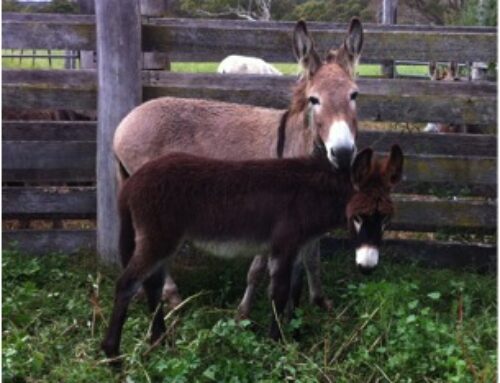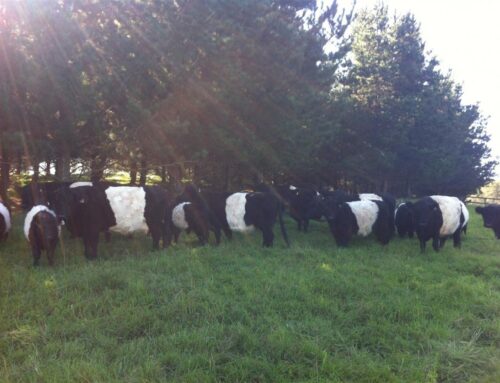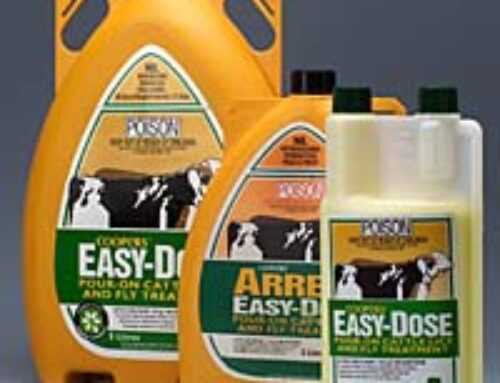 Picture this: a room full of small farmers, in a lab, with microscopes getting up close and personal with animal poo! What the? You know you’re really committed when you take a day off real work to learn how to find worm eggs in your animal poo!
Picture this: a room full of small farmers, in a lab, with microscopes getting up close and personal with animal poo! What the? You know you’re really committed when you take a day off real work to learn how to find worm eggs in your animal poo!
So there we were, Ric and I, firstly gathering up a range of sheep, alpaca and cow dung from the farm and then driving more than an hour to the Elizabeth Macarthur research facility at Camden to learn how to count the level of faecal worm eggs in our herds. When we arrived we had a crash course on the breeding cycle of various parasitic worms and how to use a microscope (yes, it’s been a LONG time since year 12 biology!) before we were let loose in the lab.
Once in the lab, our job was to mix up 3 grams of fresh poo with enough water and then saline solution to make the eggs float to the surface and be visible through the microscope. You can imagine the smell, can’t you?
The final step is to count all the different types of eggs – strongyles, nematodirus, tapeworms and coccidian. By the end of the day we were all over it!
So why do we do this? As a means of managing the wormcount in the animals without overusing drenches. The things we do for love!!!



